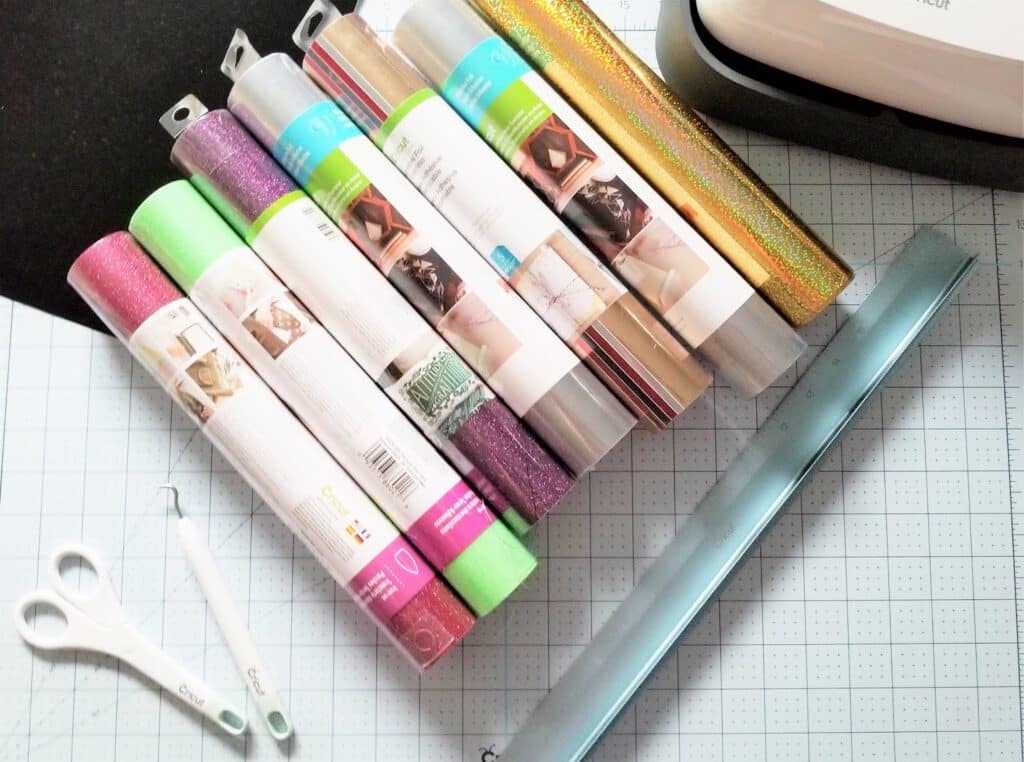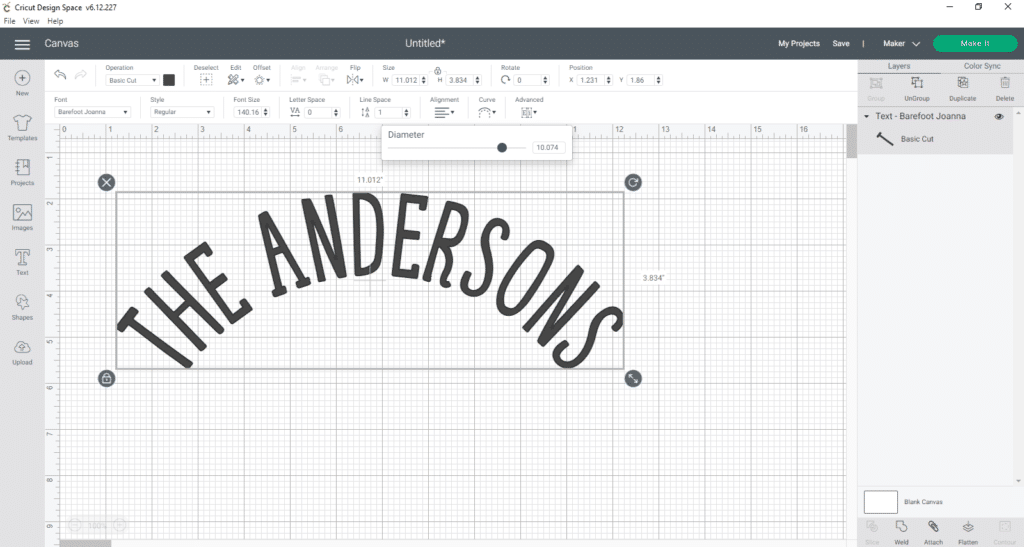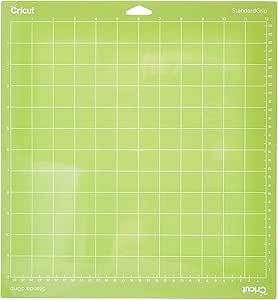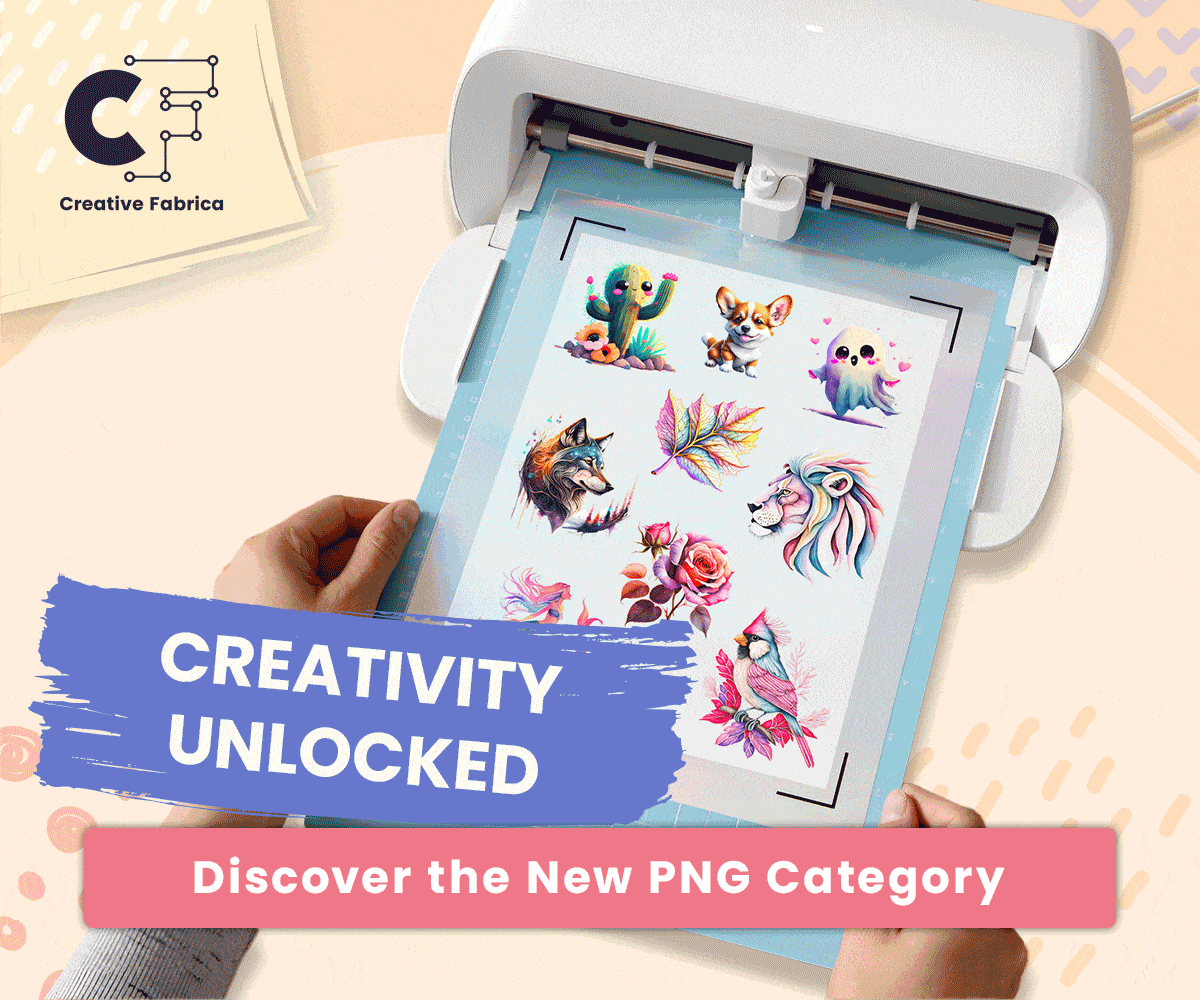There are so many common mistakes people make while using a Cricut. Selecting the inappropriate materials can result in frustrating outcomes, so always verify compatibility. Improper machine configurations, like pressure and blade varieties, can disrupt your cuts. Pay heed to design measurements and the file formats you’re using to prevent mistakes. Additionally, using the incorrect mat or overlooking its upkeep can impact your results. It’s easy to get frustrated, but persistence is crucial. Embrace the learning process, and you’ll enhance your skills. There’s plenty more to explore that can enhance your Cricut projects!

Choosing the Wrong Materials
When you select the incorrect materials for your Cricut projects, it can result in frustrating outcomes and wasted time. Every material possesses its unique set of characteristics, and utilizing the inappropriate one may jeopardize your project’s success.

For example, if you try to slice thick cardstock with a blade intended for lighter materials, you’ll have uneven edges or incomplete cuts. Any vinyl may seem suitable, but adhesive vinyl varies from heat transfer vinyl, and using them interchangeably can spoil your design.
Before commencing a project, it’s crucial to peruse the material specifications and compatibility guidelines. You want to make certain that your Cricut machine can manage whatever material you’ve selected. If you’re using a material that’s excessively thick or too thin, you won’t attain the pristine results you desire.
Also, consider the texture of the material. Employing a shiny surface might yield a distinct outcome compared to a flat finish, particularly regarding colors and adhesion.
Moreover, don’t overlook the intention of your project. Some materials are more suitable for indoor usage, while others are formulated for outdoor resilience. If you mix these up, your project may not endure as long as anticipated.
Therefore, invest the time in choosing the appropriate materials for each specific project, and you’ll evade numerous complications in the future. Meticulous material selection plays a pivotal role in realizing the outcomes you picture.
Incorrect Machine Settings
Incorrect machine configurations are among the common mistakes people make while using a Cricut. They can lead to frustrating errors in your Cricut projects, causing cuts to be too deep or not deep enough. It’s crucial to double-check the configurations before you start cutting. Each material requires a specific blade type and pressure setting. If you’re using a standard blade on a thicker material, you might end up damaging both the material and your machine.
When you select a material on the Cricut interface, be sure to choose the appropriate one. If you mistakenly select ‘cardstock’ while working with vinyl, the machine will cut too deeply, ruining your project. Always refer to the Cricut guide for the recommended configurations based on the material you’re using.
Another common mistake is ignoring the blade type. Different blades serve different purposes. For instance, using a fine-point blade for heavy materials can lead to dulling the blade or uneven cuts. Make sure you’ve got the correct blade for your project; it can make all the difference.
Don’t forget to verify the pressure settings as well. If the pressure is set too low, your cuts mightn’t go all the way through, leading to frustrating tear-outs. Conversely, setting it too high can result in jagged edges.
Design and Software Errors
Design and software errors often lead to frustrating setbacks in your Cricut projects, impacting both the outcome and your creative flow. One common mistake isn’t checking your design dimensions before cutting. If you don’t verify the design fits your material, you risk wasting supplies and time. Always double-check the size in your design software to prevent this.

Another frequent issue arises from using incompatible file formats. Cricut machines work best with SVG files, so if you upload a different format, it may not cut correctly or at all. Familiarize yourself with the supported formats to avoid compatibility issues.
You might also overlook the importance of layers in your design. If you forget to flatten or attach layers, your machine may cut them separately, leading to confusion and misalignment. Be sure to review your layers before sending the design to cut.
Sometimes, software updates can cause unexpected glitches. If you notice your Cricut behaving strangely, check for updates or reinstall the software. Staying current with updates can help prevent errors and improve functionality.
Lastly, don’t forget to save your work frequently. This can be another of the costly common mistakes people make while using a Cricut. Software crashes can happen without warning, and losing hours of work is disheartening. By saving regularly, you’ll protect your progress and maintain your creative momentum.
Mat Usage
Using the right mat for your materials is crucial for achieving clean, precise cuts with your Cricut. Each mat is designed for specific types of materials, and using the wrong one can lead to frustrating results. For instance, if you’re cutting delicate paper, you should use a light grip mat, while tougher materials like vinyl or poster board require a strong grip mat. Always check the mat’s grip level and material compatibility before starting your project.

Another common mistake is neglecting mat maintenance. Over time, mats lose their stickiness, which can cause your materials to shift during cutting. To maintain your mat, clean it regularly using a gentle adhesive remover or baby wipes to remove dust and debris. If your mat becomes too worn out, consider replacing it to ensure peak performance.
You should also pay attention to how you load your mat into the machine. Make sure the material is aligned correctly against the top and left edges of the mat. Misalignment can result in cuts that don’t match your design. Moreover, avoid pressing down too hard when placing your materials on the mat, as it can create bubbles that affect cutting accuracy.
Lastly, don’t forget to reapply the protective cover after each use. This helps keep your mat clean and prolongs its life. By being mindful of your mat usage, you’ll set yourself up for success with every Cricut project you tackle. Not doing this is the most common mistakes people make while using a Cricut.
User Frustration and Persistence
Even with the right mat and proper techniques, you might still encounter frustration while using your Cricut, especially when things don’t go as planned. It’s simple to feel overwhelmed when your cuts aren’t precise, or the machine seems to have a mind of its own. You might find yourself staring at a tangled mess of vinyl or a failed project that just won’t cooperate.
When this occurs, keep in mind that persistence is crucial. Take a deep breath and step back for a moment. Instead of giving up, troubleshoot the issue. Check your settings to make sure you’re using the correct material type and blade depth. Sometimes, simply recalibrating your machine can resolve unexpected problems.
Also, don’t hesitate to consult the vast resources available online. Community forums and video tutorials can offer solutions to common issues, helping you regain your confidence. It’s important to approach these challenges with a mindset of learning. Each mistake is an opportunity to improve your skills.
If you’re still feeling stuck, consider taking a break. Stepping away from a frustrating project can provide clarity and renewed energy when you return. Keep in mind, even experienced crafters face setbacks. Embrace the learning curve and don’t be afraid to experiment.
Your persistence will pay off, leading to more successful and satisfying projects in the long run. Keep pushing through the frustration, and soon enough, you’ll be creating with confidence.
Final Thoughts
In wrapping up, avoiding common Cricut mistakes can make your crafting experience much smoother and more enjoyable.
By selecting the right materials, double-checking your machine settings, and perfecting your designs, you’ll save time and frustration.
Keep in mind, practice makes perfect, so don’t hesitate to experiment and learn from your mistakes.
Stay patient and persistent, and you’ll see your skills improve with every project.
Happy crafting!





